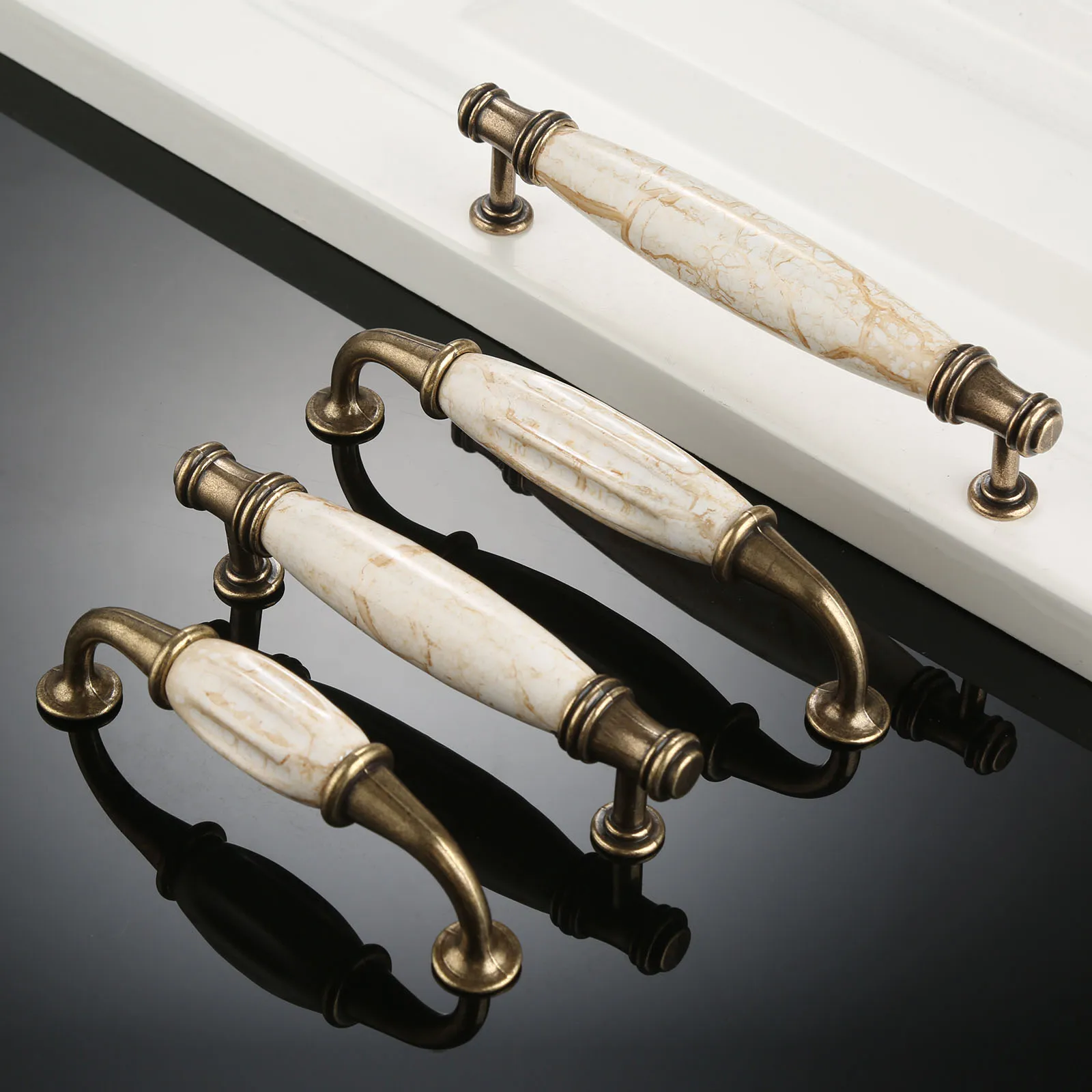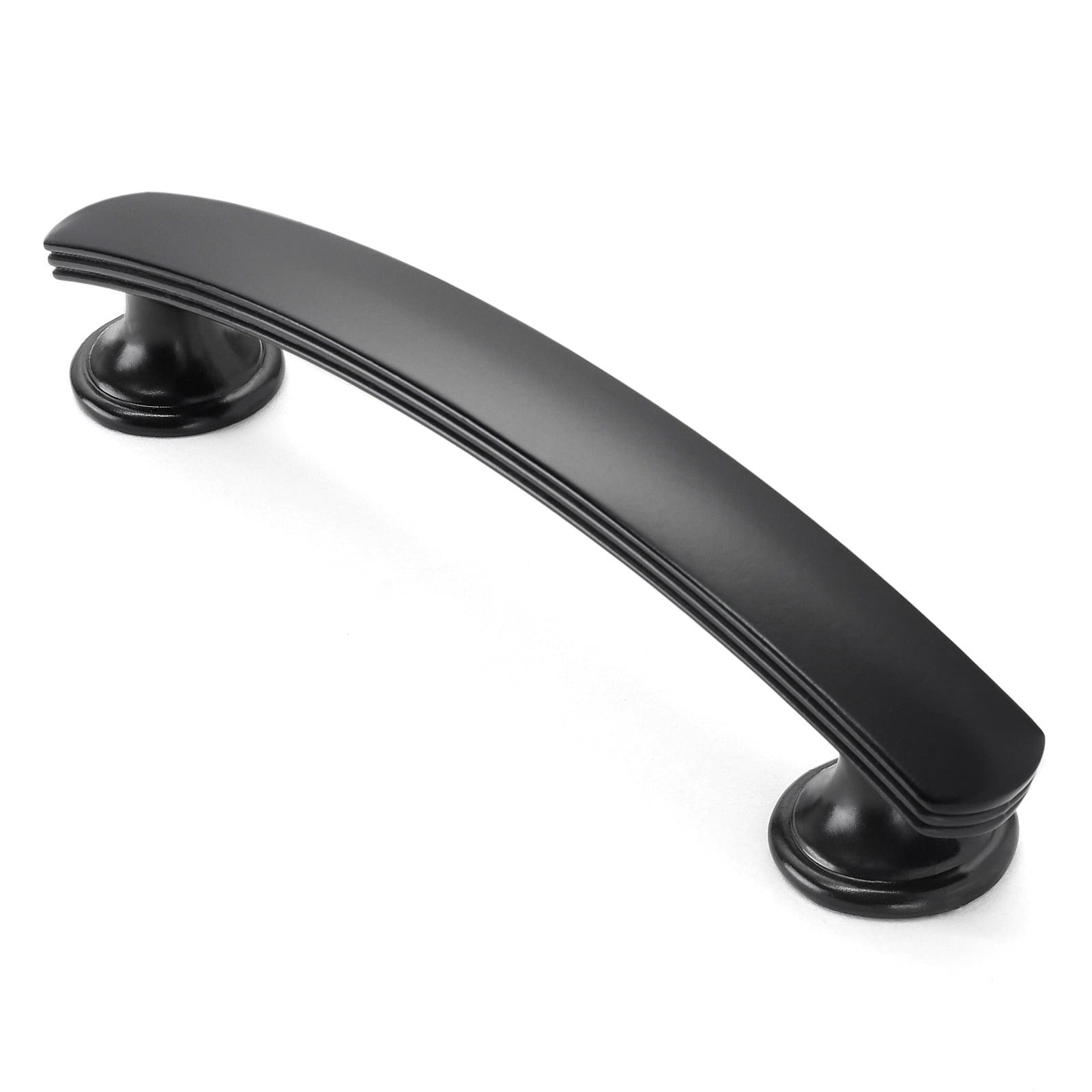Styles and Designs of China Cabinet Door Handles
China cabinet door handles are more than just functional hardware; they’re integral design elements that significantly impact the overall aesthetic of the piece. Their styles have evolved alongside changing tastes and technological advancements in materials and manufacturing. Understanding the history and design principles behind these handles allows for informed choices when selecting or restoring antique cabinets or designing new ones.
Evolution of China Cabinet Door Handle Styles
The evolution of china cabinet door handles mirrors broader design trends in furniture. Early 20th-century pieces often featured simple, understated handles, reflecting the prevailing preference for clean lines and functionality. These were frequently made of brass or simple turned wood, reflecting the materials readily available at the time. Mid-century modern designs saw a shift towards more streamlined, minimalist handles, sometimes incorporating geometric shapes or sleek metal finishes. Later periods, particularly in revival styles, saw a resurgence of more ornate designs, drawing inspiration from earlier eras like Victorian or Rococo. The choice of handle style often reflects the cabinet’s overall design period. For example, a Queen Anne style cabinet might feature elaborate, curved brass handles, while a mid-century modern piece might boast simple, brushed steel pulls.
Aesthetic Appeal of Various Handle Materials
The material of a china cabinet handle significantly impacts its aesthetic appeal. Brass handles offer a classic, warm look that ages beautifully, developing a rich patina over time. Porcelain handles, often found on more ornate cabinets, add a delicate, elegant touch, with the potential for intricate detailing and colorful finishes. Wood handles, especially when crafted from high-quality hardwoods like cherry or mahogany, can provide a warm, natural feel that complements traditional styles. The choice of material often depends on the desired level of formality and the overall style of the cabinet. A rustic-style cabinet might feature simple wooden knobs, while a formal Victorian piece might boast elaborate brass or porcelain handles.
Design Principles of Popular Handle Shapes, China cabinet door handles
The shape of a china cabinet handle is crucial in determining its aesthetic impact and functionality. Knobs are compact and easy to use, suitable for smaller cabinets or those with a more traditional style. Pulls, offering a larger gripping surface, are better suited for larger cabinets or those that require more forceful opening. Drop handles, characterized by their vertical orientation, provide a unique visual element and are often found on more ornate cabinets. The shape should complement the overall design of the cabinet, with knobs often paired with more delicate styles and pulls used on more substantial pieces. The size and placement of the handles should also be considered to ensure comfortable and convenient use.
| Handle Style | Material | Era | Typical Cabinet Style Pairing |
|---|---|---|---|
| Simple Knob | Wood, Brass | Early 20th Century | Mission, Arts & Crafts |
| Ornate Pull | Porcelain, Brass | Victorian | Victorian, Eastlake |
| Streamlined Pull | Steel, Aluminum | Mid-Century Modern | Mid-Century Modern, Danish Modern |
| Drop Handle | Brass, Pewter | Late 19th/Early 20th Century | Arts & Crafts, Queen Anne |
Manufacturing and Sourcing of China Cabinet Door Handles

The creation of china cabinet door handles involves a fascinating interplay of design, material science, and manufacturing processes. From the initial design concept to the final polished product, numerous steps ensure the handles are both aesthetically pleasing and durable enough to withstand years of use. The sourcing of materials plays a crucial role in determining the final cost and quality, impacting everything from the handle’s weight and feel to its resistance to corrosion and wear.
The manufacturing process varies depending on the handle’s design and material. Many handles begin as a cast piece, whether from metal alloys (like zinc, brass, or aluminum) or resin. Casting involves pouring molten material into a mold, allowing it to cool and solidify. Once the casting is complete, the excess material is removed, and the handle undergoes a series of finishing processes, such as sanding, polishing, and plating. For more intricate designs, machining techniques may be employed to sculpt the handle from a solid block of metal. Handles made from wood or ceramic require different processes, often involving carving, shaping, and firing. Regardless of the material, quality control checks are performed throughout the manufacturing process to ensure consistency and adherence to design specifications.
Materials Sourcing and Cost Implications
The source and type of materials significantly influence the cost and quality of china cabinet door handles. For example, solid brass handles will inherently be more expensive than those made from zinc alloy, reflecting the higher cost of raw brass and the more complex manufacturing processes often required. Similarly, sourcing materials from different regions can affect pricing; handles made with materials sourced locally might be cheaper than those imported from countries with higher labor or transportation costs. The use of sustainable or recycled materials can also influence the final cost, although these choices often align with consumer preferences for environmentally friendly products. Furthermore, the finishing process, such as electroplating with nickel, chrome, or other metals, adds to the overall cost and impacts the handle’s durability and appearance.
Material Durability and Longevity
The durability and longevity of a china cabinet door handle are directly linked to the material used in its construction.
- Solid Brass: Known for its strength, durability, and resistance to corrosion. Brass handles can last for decades with proper care, developing a rich patina over time. However, they are typically more expensive than other materials.
- Zinc Alloy: A more affordable alternative to brass, zinc alloy handles offer decent durability, but they are more susceptible to tarnishing and corrosion if not properly finished. Their longevity is generally shorter compared to brass or stainless steel.
- Stainless Steel: Highly resistant to corrosion and rust, stainless steel handles offer excellent longevity and durability. They are relatively easy to clean and maintain, making them a popular choice for kitchens and bathrooms. However, they can be more expensive than zinc alloys.
- Ceramic: Ceramic handles offer a unique aesthetic, but they are more fragile than metal handles and can chip or crack if dropped or subjected to impact. Their longevity depends heavily on the quality of the ceramic and the glaze.
- Wood: Wooden handles offer a warm and natural aesthetic, but they require more maintenance than metal handles. They are susceptible to scratches, dents, and moisture damage, limiting their longevity compared to metal options. The type of wood used also affects its durability; hardwoods like oak or maple are more durable than softer woods.
Restoration and Replacement of China Cabinet Door Handles

Restoring or replacing china cabinet door handles can significantly impact the overall aesthetic and functionality of your antique or vintage piece. Whether you’re dealing with tarnished brass, broken porcelain, or simply outdated styles, understanding the process can help preserve a family heirloom or enhance a cherished piece of furniture. This section details the steps involved in restoring antique handles, sourcing replacements, and choosing appropriate replacements to complement your cabinet’s style.
Restoring Antique China Cabinet Door Handles
Restoring antique handles often involves a delicate process requiring patience and the right tools. The goal is to clean and preserve the original finish while addressing any damage. Improper cleaning can irreparably harm delicate finishes, so proceed cautiously.
- Assessment and Preparation: Carefully examine the handles for damage. Note any loose parts, corrosion, or missing pieces. Gently clean the handles with a soft brush to remove loose dirt and debris. For stubborn dirt, a mild soapy solution may be used, followed by thorough rinsing and drying.
- Cleaning and Polishing: Depending on the material (brass, porcelain, etc.), use appropriate cleaning solutions. For brass, a brass polish can restore shine. For porcelain, a gentle cleaning with a damp cloth might suffice. Avoid abrasive cleaners that could scratch the surface. After cleaning, carefully polish the handles with a soft cloth to restore luster.
- Repairing Damage: Small chips or cracks in porcelain handles might be repairable with epoxy resin specifically designed for porcelain repair. Follow the manufacturer’s instructions carefully. For loose parts, consider using a strong adhesive appropriate for the handle’s material. Allow ample drying time before reattaching.
- Protective Coating: Once the restoration is complete, consider applying a protective clear coat to help preserve the handles’ finish and protect against future damage. Choose a clear coat compatible with the handle material.
Identifying and Sourcing Replacement Handles
Finding suitable replacements for missing or beyond-repair handles requires careful consideration of the cabinet’s age, style, and existing hardware. Online marketplaces, antique shops, and specialized hardware stores are excellent resources.
- Documentation: Before searching, take clear photos of the existing handles (even if damaged) and note any markings or identifying features. Measurements are crucial – note the handle’s length, width, and projection (distance from the door). This information will greatly assist in finding a suitable match.
- Online Marketplaces: Websites specializing in antique or vintage hardware are valuable resources. Use s like “antique cabinet knobs,” “vintage china cabinet handles,” or specific material types (e.g., “porcelain cabinet pulls”). Compare prices and seller ratings before purchasing.
- Local Antique Shops: Visiting local antique shops allows for hands-on examination of potential replacements. The shop owner may possess expertise in identifying handle styles and can offer guidance on finding a suitable match.
- Hardware Stores: While less likely to have exact matches for antique handles, some hardware stores offer reproduction or vintage-inspired handles that might work well. Compare styles and dimensions carefully.
Choosing Appropriate Replacement Handles
Selecting replacement handles requires matching the style and finish to the existing cabinet hardware and overall aesthetic. Consider the cabinet’s age, design elements (e.g., ornate carvings, simple lines), and the overall color scheme.
Choosing handles that complement the cabinet’s style is essential for maintaining its aesthetic integrity. For example, a simple Shaker-style cabinet would benefit from understated, minimalist handles, while a highly ornate Victorian cabinet would require more elaborate, decorative handles. Matching the metal finish (brass, nickel, chrome) is also important for visual harmony. If the cabinet has mixed metals, a careful selection can create a cohesive look, but it’s generally recommended to stick to one metal finish for a more polished look.
| Original Handle | Description | Replacement Handle | Description |
|---|---|---|---|
| Imagine a small, ornate brass handle with a floral design, typical of a late Victorian era cabinet. | Small, ornate, brass, floral design. | Imagine a similar-sized brass handle with a slightly simplified floral design, readily available in reproduction styles. | Small, brass, simplified floral design, reproduction style. |
| Imagine simple, unadorned, brushed nickel pulls, common on mid-century modern cabinets. | Simple, brushed nickel, bar-style pull. | Imagine a modern, minimalist bar pull in brushed nickel, potentially slightly longer or shorter depending on the specific needs. | Modern, minimalist, brushed nickel bar pull. |
| Imagine large, ceramic knobs with a painted landscape scene, found on some early 20th-century cabinets. | Large, ceramic knobs, painted landscape scene. | Imagine sourcing similar-sized ceramic knobs, possibly with a simpler painted design or a solid color to maintain a cohesive look. | Large, ceramic knobs, simpler painted design or solid color. |
| Imagine simple, black iron cup pulls, common on farmhouse style cabinets. | Simple, black iron, cup pulls. | Imagine sourcing similar black iron cup pulls, potentially a slightly different shape or size to update the style while maintaining the aesthetic. | Simple, black iron, cup pulls, updated shape or size. |
